Monument in Vogatsiko village of Kastoria
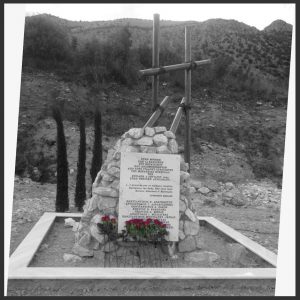
A year has passed since the unveiling of the monument I designed, for the 14 civilians who were murdered by the Italian conquerors on April the 4th 1943 in Vogatsiko village. All though a lot of time has past, the emotion remains the same, every time I think of all the things I’ve been through. I feel thankful and blessed for having the chance to compose a creation such as this, for my country.
When my friend Nontas Tsigas called me (in 2017) for a meeting, I could not imagine what to expect…The same day, we managed to meet each other and I was surprised when he announced me that his short story “Exodos”, about the struggle of the inhabitants of Vogatsiko village against the Italian army, was already finished. Of course I couldn’t resist asking him to read it to me. I was really moved. But in a while, a bigger surprise was expecting me. He put me forward to design a monument, describing all the things that took place in his story. By that time I was overwhelmed from excitement! I felt very privileged to become part of his inspiration and no other word than “I accept”, could come into my mind as an answer!
I immediately started working and finally after a couple of weeks and a lot of effort, I completed the prototype of the monument. I asked Nontas for a second meeting, where I showed him my plans and we agreed to meet with the mayor of Argos Orestiko, who would approve the construction process. Finally, after a short period of time, as the municipality was expecting various approvals from relevant services, I met with the mayor and made my presentation. I have to admit, that Mr. P. Kepaptsoglou (Mayor), Mrs. A. Belonaki (Deputy Mayor) , as well as the President of the public benefit service Mr. A. Vitoulas, welcomed me with great cordiality and stood by me during the monuments’ construction.
The chronicle
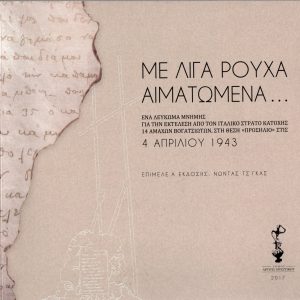
“Spring of 1943. The Italian occupation forces are operating to the mainland of Greece […] Soon an order is being given, to launch extensively wild operations in the countryside and the villages of Western Macedonia regions, in order to suppress any resistance […] Since February and March, captain Arianos goes to the villages of Germa and Vogatsiko, in order to talk to the civilians gathered to the village squares, while urging them to participate in the upspring […] On March27th, the Italian section moves to Vogatsiko, Germa, Argos Orestiko and Kastoria [… ]In Poros area of Vogatsiko, the Italians bomb the fiefdom of Barda (Zissis Takantzias). The village miraculously escapes from house arson, but will have its own hard participation in the extermination, since a total of 14 residents, of every age, that were captured from Pinerolo were gunned down in the Prosilio area, outside the village on Sunday April the 4th 1943. The men who were murdered are: Konstantinos Anagnostou, Chrisostomos Darlagiannis, Konstantinos Zachos, Christos Kondilis, Georgios Mikas, Apostolos Bliagas, the priest Konstantinos Botsaris, Georgios Sarris, Andreas Takanzias, Athanasios Tsapatoris and Evagelos Fotiou”.
Excerpt from the book “With a few bloody clothes”, an album that includes historical evidence of the struggle, the story “Exodos” and the monument structure plan.
Design and Construction
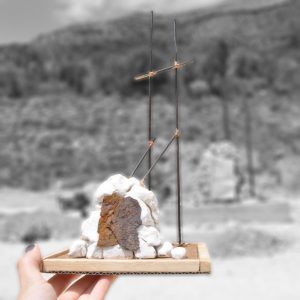
Central idea of the creational operation, were specific phrases of the short story “Exodos”, that I was personally moved by.
“We had entered the world that the others could not see”
The monument symbolizes another world, beyond compatibility. The foundation ground, is in a lower level, as a reference to the struggle. A polished marble, connects the drop between the levels. A “cold” material, white and clear, that represents the passage from the present time to the world they were fighting in.
Large stones from the area, were crushed and placed one above the other, to remind us of the brutality through everything occurred and at the same time, a massive tomb that the conquerors build for their victims.
“We pushed time with our teeth”
Six meter stainless steel tubes, sloped under an angle, behind the “main body” of the monument, like pushing it forward. They symbolize the high stature of the fighters and their thinly wounded bodies.
The tubes are two: Two legs, walking on the mountains. Two hands, fighting against the strength of the rocks, sometimes leaning on them and sometimes pushing them to step forward.
An almost diagonal section, joins the two tubes forming a cross. The cross symbol is insignificant. As a symbol of faith, it is often altered during the “fight” and as a “weight”, is more than heavy to be held by just one leg or be raised by only one hand.
“… Zito, Zito, Zito …I remember this Zito and it makes me want to laugh.”
These three Zito, are the three stones on the dirt, which represent the moment of irony in which the Italian Captain, misunderstood the reason, the crowd was crying out for. The largest of the stones is placed in front of the monument, as a reminder of any remaining memory.
The Unveiling
The unveiling of the monument, took place on June the 23rd 2018 at 7pm. By the presence of the community of Vogatsiko village, as well as the local authorities, a magnificent ceremony took place, accompanied by the municipality music band.
The presentation of the book “Me liga roucha aimatomena ” (With a few bloody clothes)
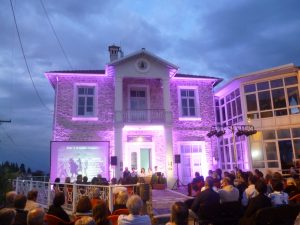
As soon as the unveiling was completed, we gathered to the local square of Vogatsiko village, where in a small ceremony, the book “With a few bloody clothes” was presented to the public. The lecturers were:Mr. Andreas Vitoulas – President of the public benefit service, who spoke on behalf of the municipality authorities.Mr. Nontas Tsigas, a doctor and the writer of the book, who made the main presentation, accompanied by the narration of chemistry professor, Mr.Spyros Parissis. Mrs. Poly Bliaga, a local history researcher, who spoke about the historical records collected by herself and are included in the publication. Finally it was me who presented the whole design idea of the monument and its construction. In the end of the ceremony, copies of the book were distributed to all residents, as a donation of the Municipality.
This is the story of this monument, which would not have been possible without the contribution of the Municipality of Argos Orestiko and also the help of all the other collaborators.
Therefore, I would like to thank the Mayor Panagiotis Kepaptsoglou, the Deputy Mayor Mrs. A. Belonaki, the president of the public benefit service Mr. Andreas Vitoulas,the President of Vogatsiko Mr. Stergio Gastani, the civil engineer Mr. Kostantinos Karatzios and all his crew. Also I would like to thank LIthos Company and especially Mrs. Vasso Mitsouli for the excellent collaboration and last but not least the initiator of this venture and a favorite friend of mine,Mr. Nontas Tsigas.
Finally, I have to declare the great gratitude I feel, for the trust and love I have received from all my colleagues and the civilians of Vogatsiko. It has been my honor that I became a member of this whole project!
Below you can watch the video describing all the above.

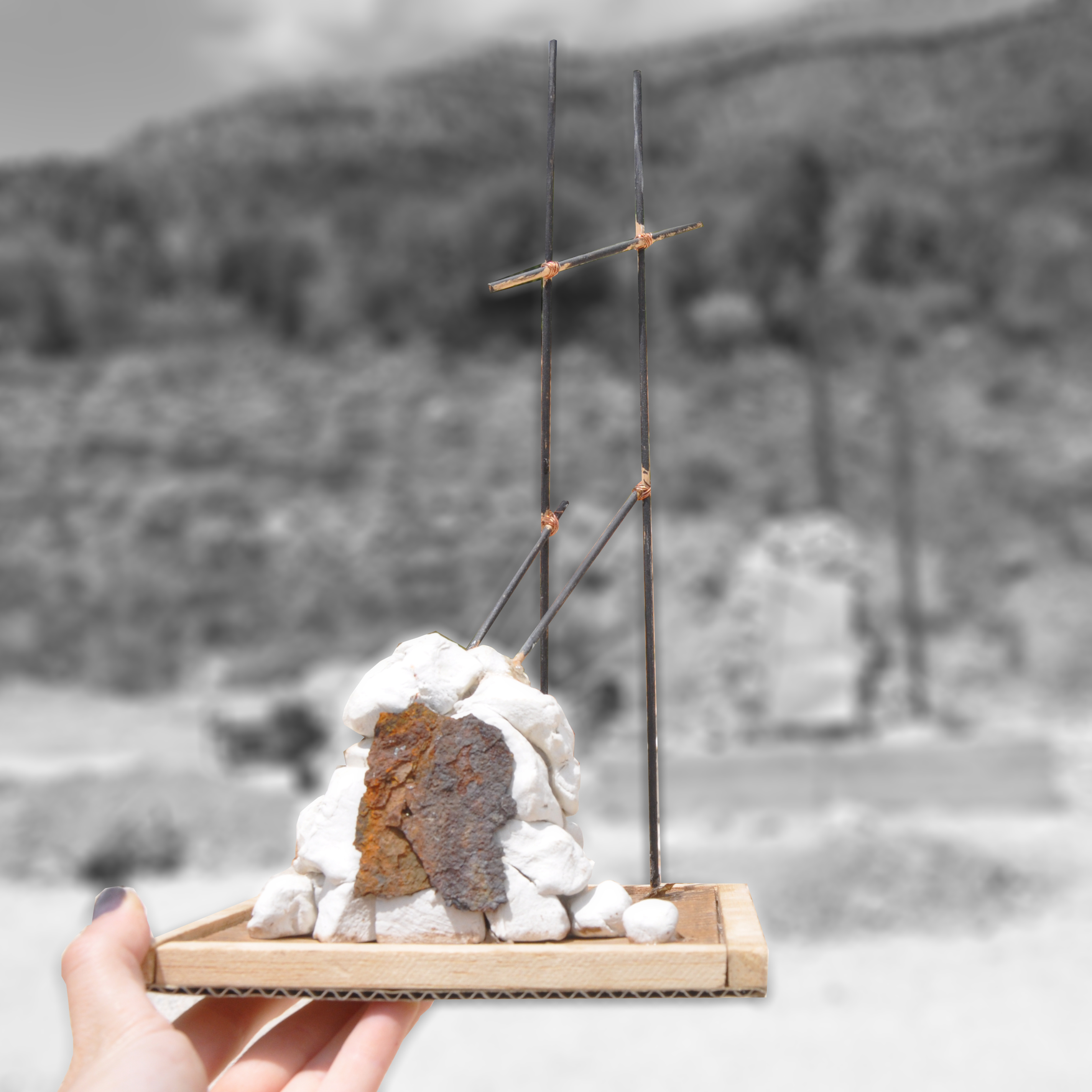
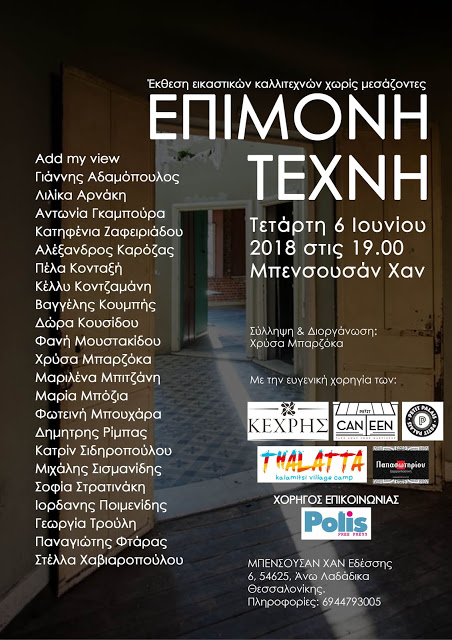
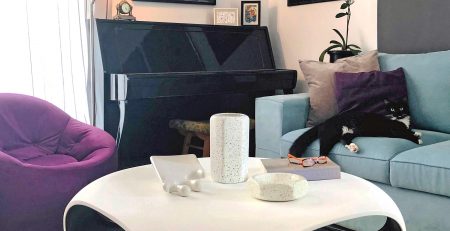
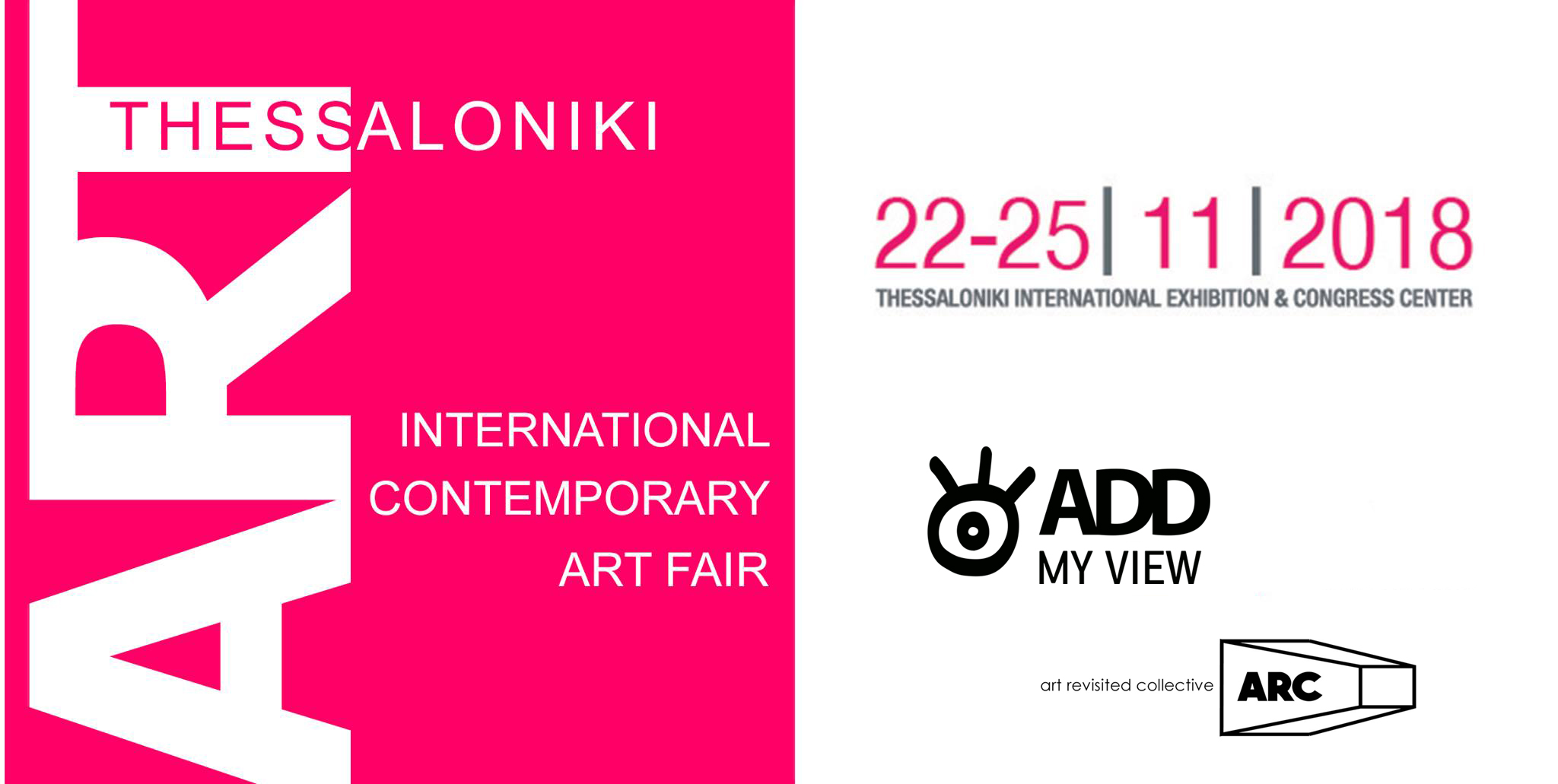

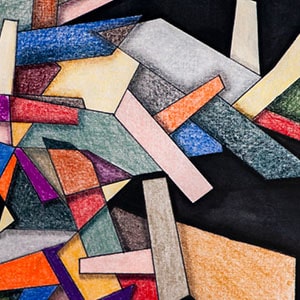
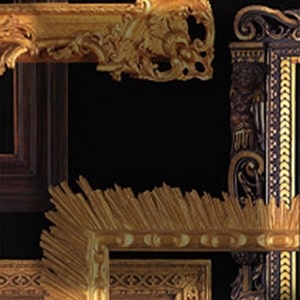

Leave a Reply